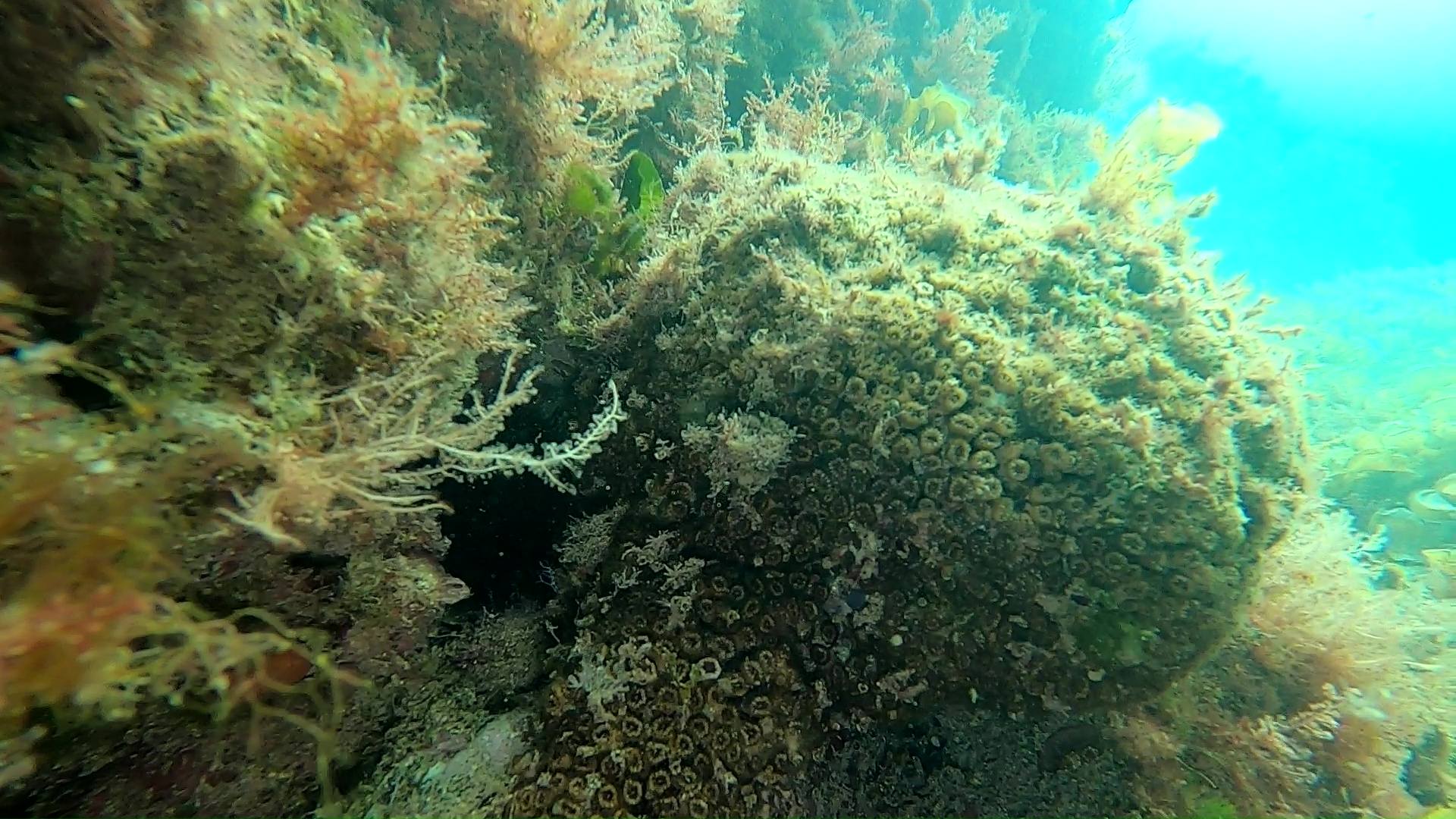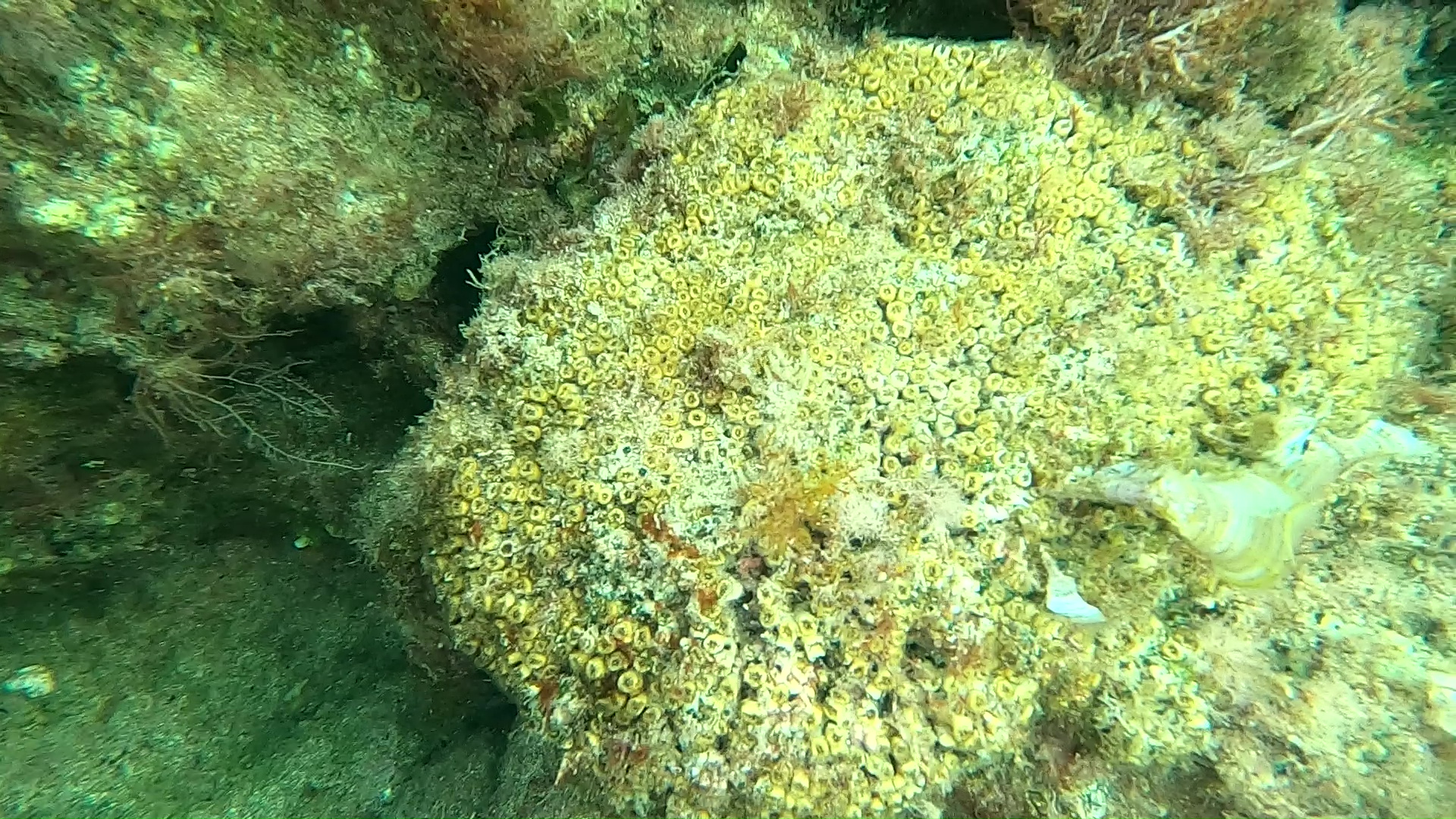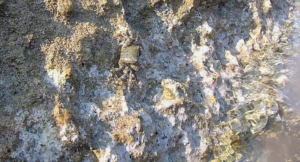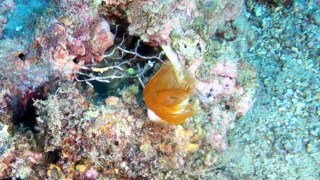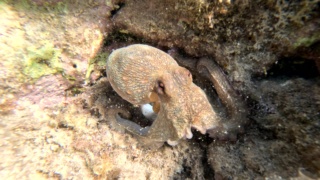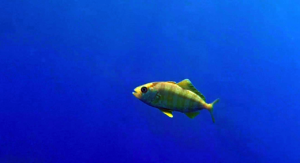Finding cushion coral Madrepora Cladocora caespitosa is always a pleasant surprise, especially while snorkeling or during a free diving, because it means diving in a few meters deep and therefore close to the coast. This makes us think that the sea is in good health and that the biodiversity of the marine ecosystem is somehow able to counteract the action that human activities have on this fragile and delicate environment..
In fact, this madrepora is quite common in the Mediterranean Sea and its ideal habitat is that of the shallow coralligenous seabed where the sunlight manages to reach, since it lives in symbiosis with the zooxanthellae algae of the genus Symbiodinium, which need the light. for photosynthesis and therefore it is difficult to find it on bottoms greater than 50 meters deep..
Unfortunately it is increasingly difficult to meet probably due to the rapid changes in the environmental conditions of our sea, and also because it is often the victim of divers who do not hesitate to capture it for ornamental purposes only. In fact, this coral has no commercial value and we advise anyone who meets it to have a good camera to film and photograph it and to let it grow and thrive.
Cladocora caespitosa, commonly known as cushion coral, is a stony coral of the subclass Hexacorallia. This species forms the only true coral reef in the Mediterranean Sea.
Description
The polyps are a clear maroon colour, around 5 mm in diameter and form cushion-shaped colonies, in symbiosis with Zooxanthella algae. They produce deposits of calcium carbonate which form the calciate structures in which they live. It is the largest stony coral in the Mediterranean, reaching up to 50 cm in diameter. C. caespitosa has an average generation length of about 30 years.
Distribution and habitat
This species is endemic to the Mediterranean Sea, where it is attested already in the Upper Pliocene. It is common on rocky seabeds between a few metres and 60 metres in depth. In the marine lagoon of Veliko Jezero, in the marine reserve of Mljet island, Croatia, there is a small coral reef made up of C. caespitosa. This is the only true coral reef in the Mediterranean.
Reproduction
The colonies grow through budding, but the species spreads through the settlement of plankton-like larva on seabed suited to colonisation.
https://it.wikipedia.org/wiki/Cladocora_caespitosa
Gallery
 English
English Italiano
Italiano
